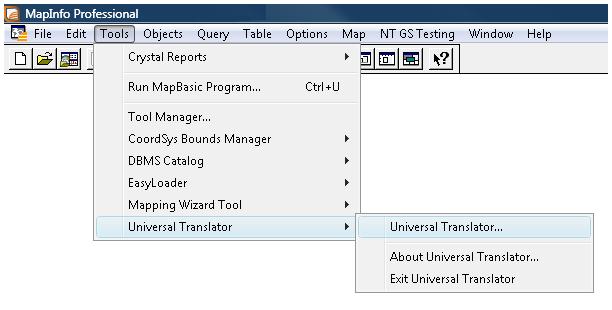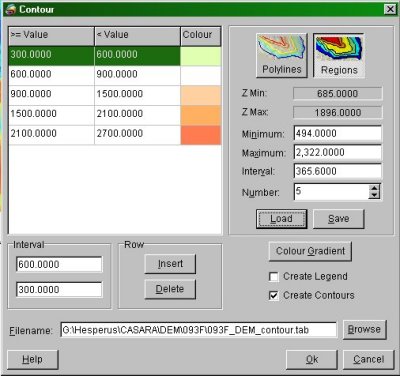

I also had two boundaries that needed to be generated monthly, so automating the process was a must.īecause I could use MapBasic to write something to call the Universal Translator within MapInfo I knew I could automate the process. However, I had several different boundary sets, consisting of several different boundaries (a dozen total), that I needed to create, and using an interactive tool would be tedious. This could be used to translate my MapInfo TAB files into ESRI Shape files. Because of my familiarity with MapInfo, I knew that it included a MapBasic tool called the Universal Translator which is a data conversion tool built on Safe Software's FME (Feature Manipulation Engine) technology. I had a bit of a head start in the process as I had been using MapInfo and MapBasic to create MapInfo TAB files for many years for use in a desktop application that I had written back in the late 1990's. One of the first steps after installing TileMill is to create a new project and add map layers to it, and one of the options for the map layers is to use ESRI Shape (.shp) files.
#Mapinfo universal translator shapefile series#
regions then districts then markets and finally counties) as you zoomed in.įor much of the process of creating map tiles, I relied on an excellent series of posts by Pedro Sousa on his blog, Pedro's Tech Mumblings. Starting with Part 2 of his series, he introduces you to TileMill and shows how it can be used to design a map. After some research, I determined the best way to incorporate these boundaries into my Bing Maps application was to generate a set of map tiles which would progressively show the boundaries (e.g. region, district, markets) using counties as a building block. The boundaries were actually a set of custom sales territories (e.g.

I recently had the requirement to display sales territory boundaries within a Bing Maps web application that I had written.


 0 kommentar(er)
0 kommentar(er)
